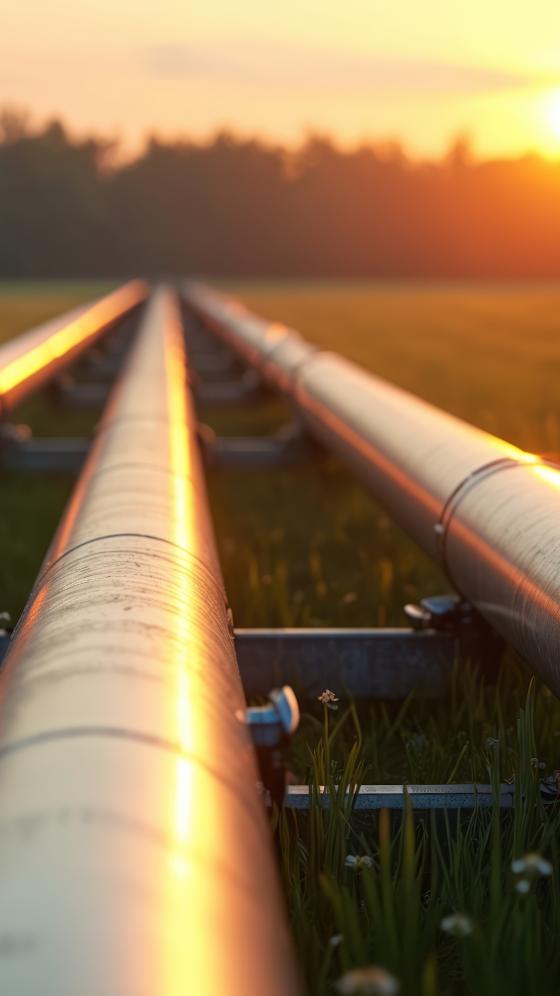lower EU gas consumption compared with long-term average.
Key developments in European gas wholesale markets - Q3 2025
2025 Monitoring Report
This report provides insights into European gas wholesale markets during the final months of the gas summer season (July to September 2025), highlighting main trends in gas supply, demand and market prices.
The analysis helps inform policies aimed at ensuring secure and competitively priced gas in the EU.
What trends did ACER monitoring find?
- Prices and volatility: After a challenging and volatile first half of 2025, European gas markets entered one of the calmest periods in recent years during the third quarter. Both wholesale prices and market volatility declined. Gas imports to the EU increased even as pipeline gas from Russia further declined. Orderly storage filling contributed to the calmness of gas markets. Imports increased year-on-year, while consumption remained in line with Q3 2024 and about 19% below the long-term average of the last five pre-energy crisis years (2017-2021).
- Gas storage: Injections into underground storage exceeded levels recorded in the previous two summers. Despite higher injections, European gas storage stocks reached 82% capacity by the end of Q3 2025, below the levels recorded at the start of the last three heating seasons. This is because of large withdrawals during the 2024/2025 winter. This leaves European markets more reliant on imports over the coming winter, particularly if demand is higher than expected.
- LNG imports: Amid high storage injection demand in both the EU and Ukraine and lower Russian pipeline supply, liquefied natural gas (LNG) imports increased by 38% year-on-year. At the same time, demand from other major buyers (such as China and Japan) remained stable and global LNG production rose, leading LNG prices to decline even as import volumes increased.
- EU gas market integration drove gas flows in the right direction to Central and Eastern Europe: As LNG’s share of supply grew, gas flows adjusted to supply markets with limited or no direct access to LNG. This eastward redirection of gas flows reflected wholesale market signals (from lower- to higher-priced hubs). This means price differences between Western European hubs and those in Italy, Central and Eastern Europe were higher than usual for a second consecutive quarter.
Looking ahead
It remains uncertain whether the price stability observed in Q3 2025 will continue or prove to be temporary. What is clear is the ongoing expansion of the global LNG market. Large liquefaction terminals that began operations in 2025 are already having a positive impact on the availability of LNG cargoes. More projects are expected to come online in the coming months.
Key developments in European gas wholesale markets - Q3 2025

Highlights
-
19%
-
-8%
quarter-on-quarter decline of EU average spot gas prices.
-
+38%
year-on-year increase in LNG imports, supporting storage injections amid lower Russian pipeline supply.
Report
ACER’s report on key developments in European gas wholesale markets (Q3 2025) analyses:
- market trends and price developments;
- storage and import dynamics; and
- gas flows and market integration across the EU.
Additional information
- Access the underlying datasets.
